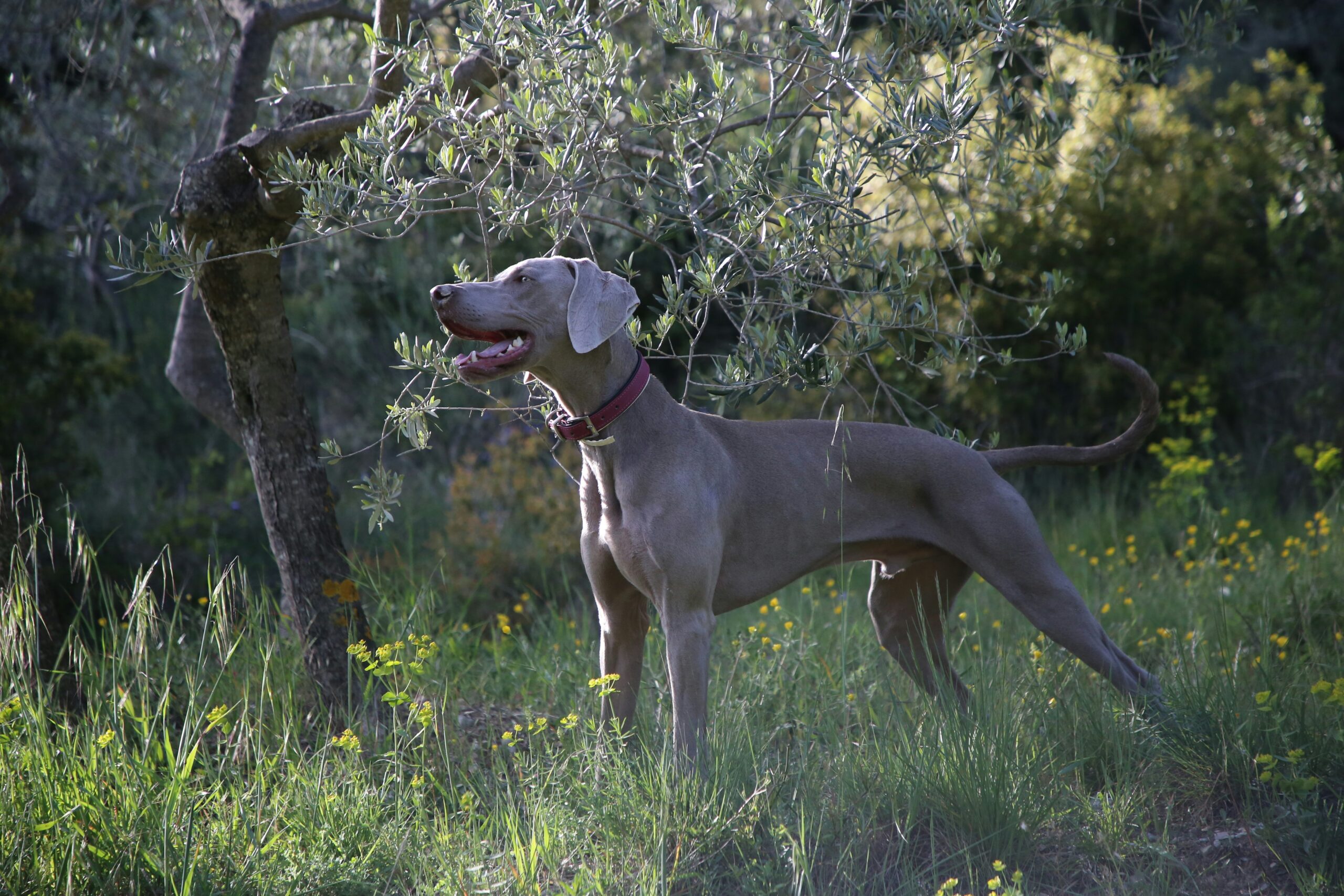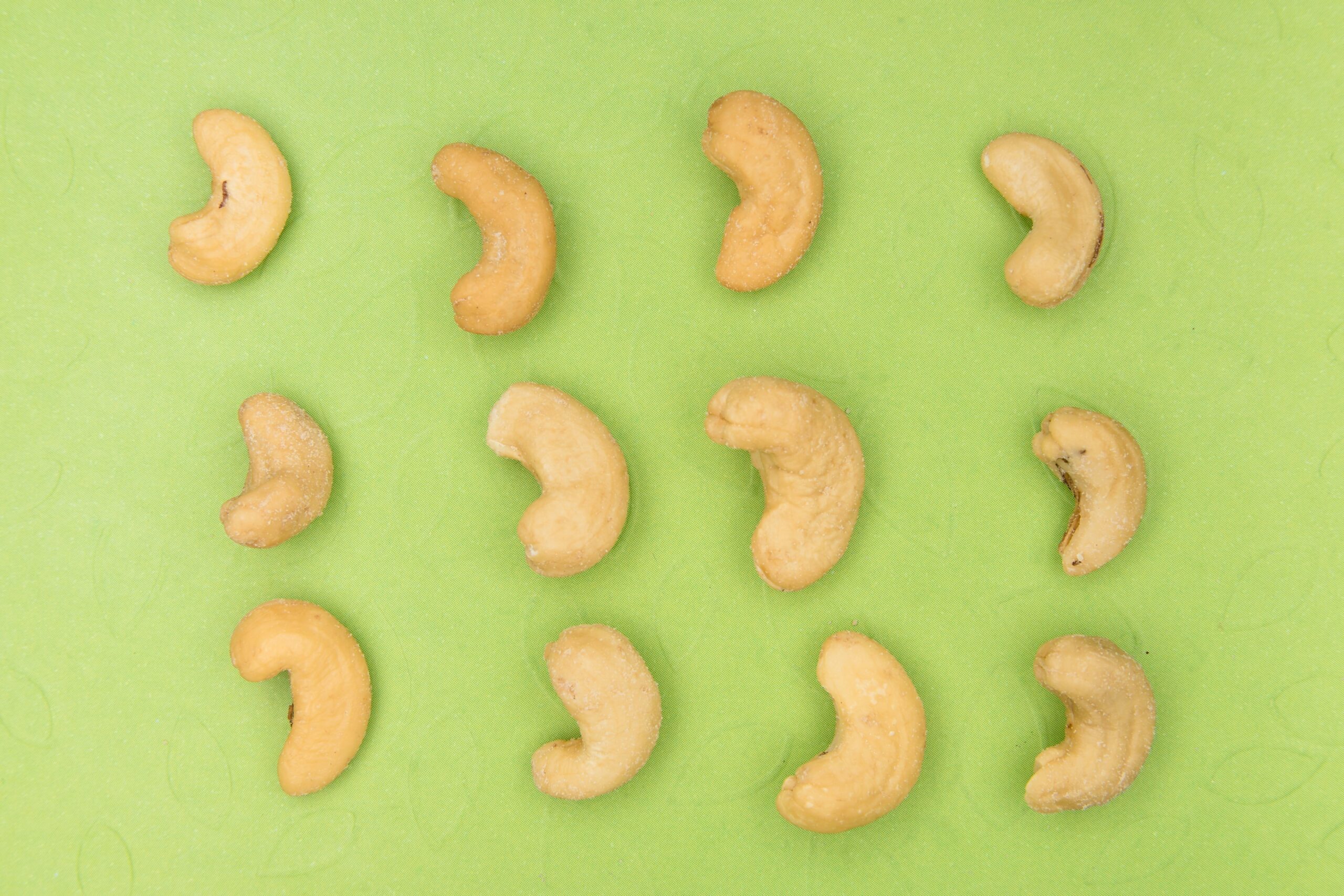Ever stared at your hunting dog’s kibble and wondered if it’s truly cutting it? You’re not alone. With the rigorous lifestyle of hunting dogs—long runs, sharp turns, and explosive bursts—they need more than just “average” food. That’s where rotational feeding plans step in as a game-changer.
In this article, we’ll tackle why rotational feeding matters, how to build a plan tailored for your pup, and debunk some myths along the way. By the end, you’ll have actionable steps (plus killer tips) to keep your four-legged athlete in tip-top shape.
We’ll cover:
- The science behind rotational feeding
- A step-by-step guide to designing your own plan
- Tips every hunting dog owner should follow
- Real-life examples of successful transitions
Key Takeaways
- Hunting dogs require nutrient-dense diets due to their high-energy demands.
- Rotational feeding reduces boredom, supports digestion, and boosts health.
- Switching foods too quickly can cause GI upset—plan transitions carefully!
Why Do Hunting Dogs Need Specialized Nutrition?
“I tried feeding my Lab the same generic dog food year-round. Let’s just say his energy tanked faster than my phone battery on a road trip.”
Hunting dogs are elite athletes. They burn through calories like a Tesla in Ludicrous Mode. A study from the National Center for Biotechnology Information found that working dogs expend up to 70% more energy compared to sedentary pets. Yet many owners stick to monotonous meal routines, risking nutritional gaps.
Here’s the deal:
- Monotonous diets lead to micronutrient deficiencies.
- Boredom-induced pickiness wreaks havoc on appetite.
- Over-reliance on one protein source increases allergy risks.

How to Create a Rotational Feeding Plan for Your Hunting Dog
Optimist You: “This is going to be so easy!”
Grumpy You: “Says the person who hasn’t cleaned out their pantry yet.”
Let’s break this down into manageable steps:
Step 1: Assess Your Dog’s Baseline Needs
Different breeds and activities demand unique nutrition profiles. For instance:
– Pointers thrive on lean proteins like chicken or turkey.
– Retrievers may benefit from omega-rich fish oils to support joint health.
Consult your vet to determine calorie needs based on age, weight, and activity level.
Step 2: Choose High-Quality Base Foods
Prioritize brands offering:
– Grain-free options
– Whole-food ingredients
– Balanced macros (high protein, moderate fat)
Popular choices include Orijen, Zignature, and Stella & Chewy’s raw blends.
Step 3: Rotate Proteins Strategically
Start by introducing new proteins gradually. Transition over 7–10 days to avoid gastric distress. Example schedule:
– Week 1: Chicken
– Week 2: Beef
– Week 3: Fish

Tips Every Hunting Dog Owner Should Know
- Hydrate, Hydrate, Hydrate: Active dogs need plenty of water. Dehydration kills performance faster than bad Wi-Fi kills streaming.
- Add Functional Foods: Supplements like glucosamine and chondroitin support joints. Pumpkin puree aids digestion.
- Monitor Stool Quality: If things look off (literally), adjust portions or ingredients immediately.
Case Study: How Rotational Feeding Transformed Max the Retriever
Meet Max—a 4-year-old Golden Retriever who lived off the same food for years. His owner noticed lethargy after long hunts—a red flag.
Switching to a rotational plan revitalized Max:
– Mondays/Wednesdays: Raw Venison Patties
– Tuesdays/Fridays: Salmon Kibble
– Thursdays/Sundays: Turkey-Based Wet Food
Results? More stamina, shinier coat, zero digestive issues.

Frequently Asked Questions About Rotational Feeding
Will switching foods confuse my dog’s stomach?
Potentially, yes. Always transition slowly over 7–10 days. Introduce the new food alongside the old, increasing ratios incrementally.
Can I mix wet and dry food?
Absolutely! Mixing provides variety while meeting hydration needs. Just ensure balance across nutrients.
What’s one terrible idea when starting rotational feeding?
Changing all proteins at once without testing tolerance first. Trust me—it’s chaos wrapped in diarrhea.
Rant Alert: Stop Overthinking It!
Sometimes pet parents spend hours obsessively researching obscure additives instead of focusing on basic principles. Look, rotational feeding isn’t rocket science—it’s about keeping meals fresh, nutritious, and exciting. Save perfectionism for Instagram captions, folks!
Wrapping Up: Your Hunting Dog Deserves Better
To recap:
– Rotational feeding keeps your pup fueled and engaged.
– Slow transitions are key to success.
– Real results speak louder than labels.
Now go forth and create a plan that makes tails wag! Oh, and remember… like a Tamagotchi, your dog’s nutrition needs daily care.


